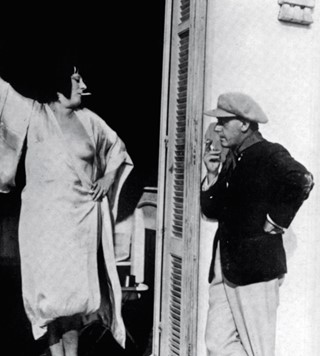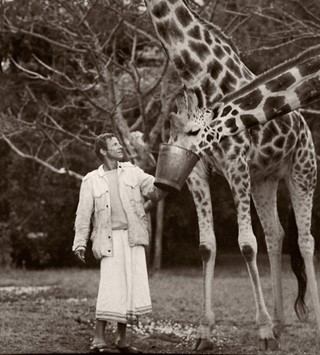From Mick Jagger to Paul McCartney, Gered Mankowitz has shot them all – here, the photographer reflects on his career and tells the stories behind some of his most iconic images
- TextThomas Hobbs
Mankowitz has shot just about everyone: Mick Jagger, Paul McCartney, George Harrison, The Rolling Stones, Eric Clapton, Marianne Faithfull, Elton John, Led Zeppelin and Jimi Hendrix – and that’s just the tip of the iceberg. What makes his photographs stand out is how they capture the essence of his subjects. While other photographers might have overly stylised a shoot with Hendrix, Mankowitz just let a young kid clad in second-hand clothing tell jokes and smoke cigarettes. He let Jimi be Jimi. “I was just a kid myself and, this might sound absurdly pretentious, but I just wanted my subjects to be my heroes. I didn’t want my style to get in the way and I tried to treat them all with dignity.”
Mankowitz got an apprenticeship at Camera Press when he was just 15-years-old, before getting his first freelance gig in 1963 shooting clean-cut folk duo Chad & Jeremy singing at a coffee bar in Mayfair. Through them he met 60s siren Marianne Faithfull and the rest is history. “I fell completely under her spell,” he remembers. “She completely epitomised the London scene at that time. She was beautiful and confident but so vulnerable as well. I shot her almost immediately.” Her manager Andrew Loog Oldham, impressed at what he had seen, invited Mankowitz to work with another one of his acts, an emerging band called The Rolling Stones. Mankowitz, who, like the band, was barely coming out of his teenage years, went on to travel the world with the Stones, even shooting the cover of one of their most iconic albums Between The Buttons.
Mankowitz continued taking photographs well into the 1980s and 1990s, working with the likes of Generation X, Kate Bush and Oasis. He still conducts shoots occasionally, but it’s now more of a hobby than a profession. Ultimately, Mankowitz says he’d like to be remembered as someone who worked off his instincts. “There’s this tendency now to look at these artists as gods,” he adds. “But the Rolling Stones were just doing their jobs; none of them had any sense they’d even be around in three months time. We were all working off our instincts and none of it was conceptual. We were writing our own blueprint. They did that as the musicians and I did that as the photographer.”
In the gallery above, Mankowitz tells the stories behind some of his most iconic images, giving us an idea of what these legends were actually like.















